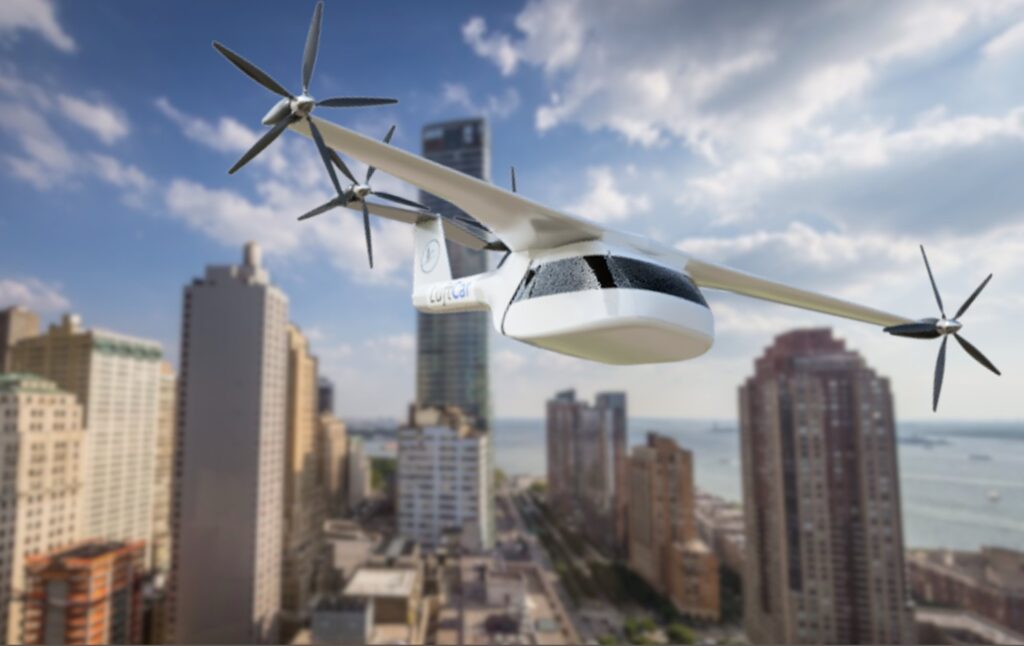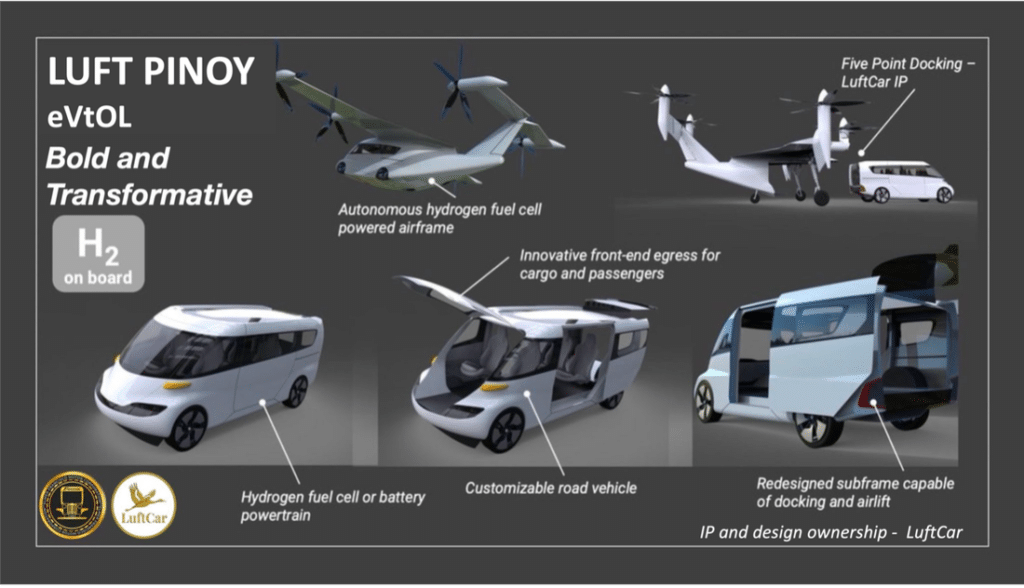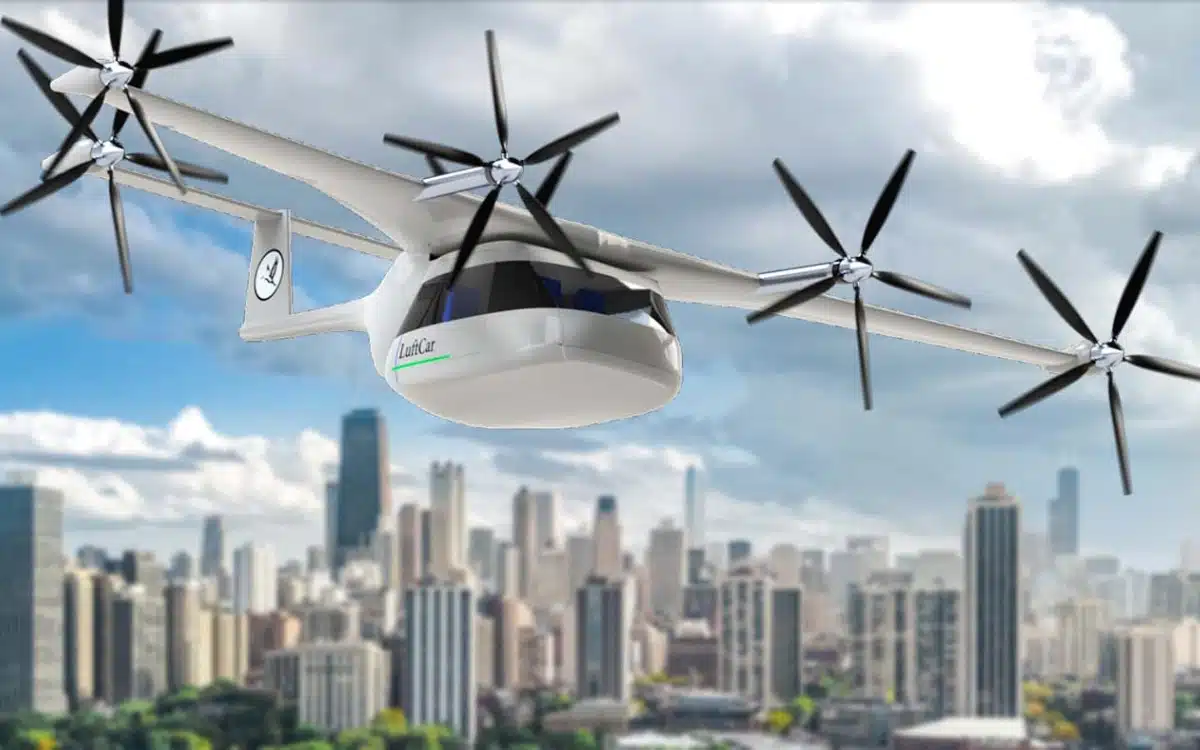Unusual flying car designed to hop across the Philippines' 7,000 islands, launching this year
- Luft Pinoy’s flying car is a strange blend between an electric minivan and the rear half of an airplane
- It will travel both on land and in the air, and will be powered by electricity or hydrogen
- Although currently still only a concept, the flying car is set to take to the skies later this year
Published on Apr 25, 2024 at 2:18 PM (UTC+4)
by Adam Gray
Last updated on Apr 26, 2024 at 12:49 PM (UTC+4)
Edited by
Tom Wood
The Philippines could soon see an unusual flying car come into service that be used to hop across its 7,000 islands.
Although still only a concept, the vehicle is a strange blend between a futuristic electric minivan and the rear half of an airplane.
Traveling on both land and in the air, it’s powered by electricity or hydrogen, according to its designers.
READ MORE! Xpeng’s new multi-million dollar plan to make flying cars a reality for everyone
Named the Luft Pinoy eVTOL, the project is being designed as a novel way to traverse the 7,101 islands that make up the Philippines archipelago.
The flying car is a collaboration between Florida-based startup LuftCar and the eFrancisco Motor Corporation (eFMC) from the Philippines.

“Our flying and road vehicle concept is tailor-made for connecting the archipelagos and serving cargo, air ambulance, tourism, and regional transportation verticals,” LuftCar’s CEO, Santh Sathya, said in a statement.
“Our hydrogen propulsion will serve long-distance and heavy payload carrying needs in the region.”
A prototype of the flying car is expected to be completed before the end of the year.

But while a full prototype has yet to be produced, the concept design is straightforward compared to the likes of Aston Martin’s ‘sports car of the skies’, the Volante Vision.
Rather than merely creating a flying car, the Luft Pinoy is actually a customizable minivan powered by a hydrogen fuel cell or electric battery system for use on the road.
When it needs to be airborne, the minivan has a subframe used to attach it to an eVTOL airframe that has four propellers and its own hydrogen power system.
With no need for a runway, the van effectively transforms into a small aircraft that can take off and land vertically.

It may not look as slick as eVTOL air taxis like Xpeng’s X2, which are designed to ferry taxis between stops in urban environments.
However, Luft Pinoy’s flying car has the ability to land on an airstrip, decouple its airframe, then continue the rest of its journey by road.
This means there would be no need for secondary vehicles to ferry cargo from airports or helipads to their final destination.
DISCOVER SBX CARS: The global premium car auction platform powered by Supercar Blondie
Adam Gray is an experienced freelance motoring journalist and content creator based in the United Kingdom. Using his media accreditation with manufacturers’ press offices, Adam test drives the latest cars and attends new vehicle press launches, producing written reviews and news pieces for a variety of lifestyle and business publications. Here at Supercar Blondie, Adam applies his journalistic skills penning social-first content around current news and trends. When he’s not behind the wheel of the latest car or writing up another viral story, Adam can be found at his local rink playing ice hockey or at the Riverside Stadium supporting his beloved Middlesbrough FC.





